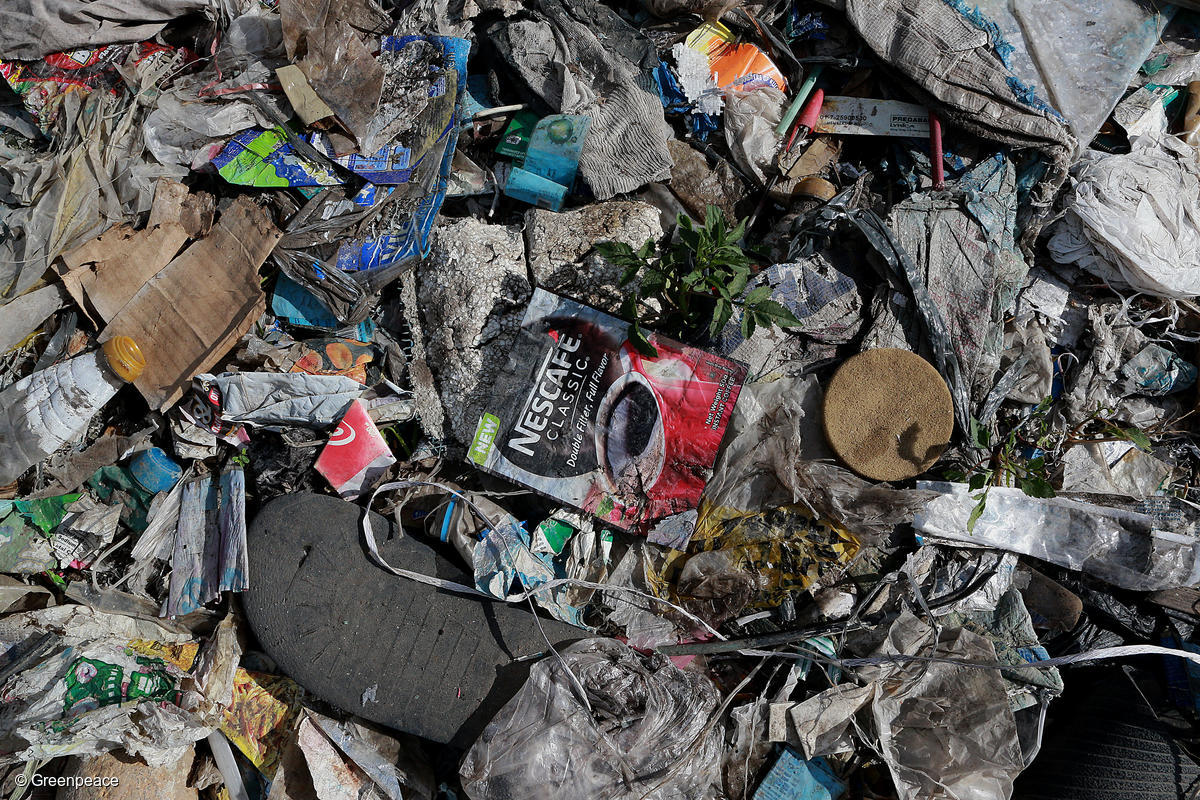Why geoengineering can’t turn down the global thermostat

“Hacking the only planet we’ve got rather than simply changing the way we live shows a lack of judgment, to put it mildly.” – Alex Steffen of Worldchanging
When the Royal Society do a report on something, they do it properly. Their latest, ‘Geoengineering the climate: Science Governance and Uncertainty’ – is the product of a year’s worth of work by some of the most prestigious scientists in the world.
And we should be grateful that they took the time, because based on a cursory glance, it looks like they’ve produced a thoughtful and detailed summary of proposals for so-called ‘geoengineering’ – or trying to deliberately manipulate the planet’s climate.
What do they say? Well you can read the summary for yourself, but let’s take a couple of quotes from the summary that give the flavour of it:
The safest and most predictable method of moderating climate change is to take early and effective action to reduce emissions of greenhouse gases. No geoengineering method can provide an easy or readily acceptable alternative solution to the problem of climate change… Nothing now known about geoengineering options gives any reason to diminish these efforts…
And, commenting on proposals for ‘Solar Radiation Management’ – trying to reduce the amount of the sun’s energy that hits the Earth by pumping reflective aerosols like Sulphur Dioxide into the atmosphere, or suspending mirrors in space – they point out that as well as being technically dubious:
…the large-scale adoption of Solar Radiation Management methods would create an artificial, approximate, and potentially delicate balance between increased greenhouse gas concentrations and reduced solar radiation, which would have to be maintained, potentially for many centuries. It is doubtful that such a balance would really be sustainable for such long periods of time, particularly if emissions of greenhouse gases were allowed to continue or even increase.
So – they’re being very, very cautious. The report is couched in the language of risk – from the risk that geoengineering will become technologically viable, to the risk that there will be unforeseeable and serious side affects to these schemes, to the risk that there will be no robust way to include planet-scale geoengineering within strong political frameworks.
Nevertheless, they conclude, further levels of research would be a good idea – equivalent to keeping a ‘watching brief’ on the subject, if you like.
Sir David King – it should never take priority over reducing emissions
The government’s ex-chief scientist shared his views on the report on this morning’s Today programme, picking up first on this need for further research:
… this is a very good report from the Royal Society and the recommendation that we should spend ten million over ten years on research and development in this area is a good one, let me compare that however with the one billion pounds over ten years that I managed to set up while I was in government for low carbon energy research through the Energy Technologies institute. That’s roughly the right proportion, because geo-engineering is very unlikely to be an appropriate solution, and this is clearly stated in the report, I’m just concerned that there will be a misunderstanding about this and that geo-engineering could be used as an excuse for inaction, as a kind of fig leaf.
The last point he raises is the key one – and it’s why, I think, the Royal Society have been so careful to caveat their report and base it all around their central conclusion: that geoengineering is in no way a ‘Plan B’ alternative to reducing greenhouse gas emissions.
Our chief scientist – vested interests could use it to argue for avoiding action
Dr Doug Parr, our chief scientist, spoke at the launch of the report. Doug and I had a chat about his views of the report and geoengineering more generally, and he had this to say:
We have no concerns with The Royal Society’s presentation of this, because they led by saying that geo-engineering is not a substitute for mitigation and nothing should stop the urgency of the talks leading to Copenhagen and a 50% cut by 2050 in CO2 emission. But we worry how it might be received and understood by others.
Geoengineering is not a plan B for the climate, it should be used only in desperation, can have their widespread undesirable impacts, and raises major ethical and political issues of its own. It may be very expensive, and it may well never work.
Many of these proposals still have risks – there is no simple global thermostat that can be turned up and down and proposals that reflect sunlight can still, as Susan Soloman and others have pointed out, have impacts on weather and precipitation leading to exactly the sorts of problems we are trying to avoid by averting climate change.
So geoengineering propositions may well have a wealth of social, political, legal and economic issues of their own. Even though the technical propositions are often poorly developed it still seems that the technical propositions are running ahead of the regulation and governance. Already there are people out to use geoengineering to undermine mitigation efforts and this could be misused by them as a stamp of approval.
For an example of a group using geoengineering to argue against mitigation, Doug pointed me to the American Enterprise Institute’s webpage entitled ‘Governing Geoengineering,’ which begins:
As Congress moves forward with plans to cap greenhouse gas emissions, many experts are pressing for consideration of other policy options. Geoengineering strategies represent one such policy option. ..[which]…aim to alter temperature without changing the levels of greenhouse gases in the atmosphere by slightly reducing the amount of sunlight reaching the Earth. Such approaches may be quite inexpensive relative to other options.
Another particularly disingenuous example came from Bjorn Lomborg recently who also suggested geo-engineering as an alternative to cutting our emissions. So already we can see the potential for geoengineering to be used as an argument for not reducing greenhouse gases. Doug continued:
This debate comes at a time when the first serious federal climate legislation, the Waxman-Markey Bill, on which a great deal rides in terms of success at Copenhagen, is making its way through the US Congress. It is worth bearing in mind that the American Enterprise Institute is known to be funded by companies like Exxon, and that geo-engineering is now being investigated because we have collectively, as a society, failed to take on the fossil fuel interests.
The Media
So, of concern here is not so much what the Royal Society say in a cautious scientific exploration of the topic, but how their work gets presented. Indeed, a quick look at the coverage of the report shows a spread of headlines:
From the cautious:
Hopes dashed for geo-engineering solutions (The Financial Times)
To the ambiguous:
Engineering a Climate Solution (The New York Times)
Investment in geo-engineering needed immediately, says Royal Society (The Guardian)
To the positively enthusiastic:
Cloud ships and artificial trees could offer last hope to save climate, say British experts(The Daily Mail)
Geo-engineering should be developed as insurance against dangerous climate change(The Telegraph)
and
Could mechanical trees save the world? (BBC)
Clearly, however careful the Royal Society were, there’s still going to be a tussle over this. But the interesting bottom line for me is that the Royal Society have emphatically put the nail in the coffin of the argument that geoengineering could be an alternative to reducing carbon emissions.
Read the report: Geoengineering the climate: Science Governance and Uncertainty »



